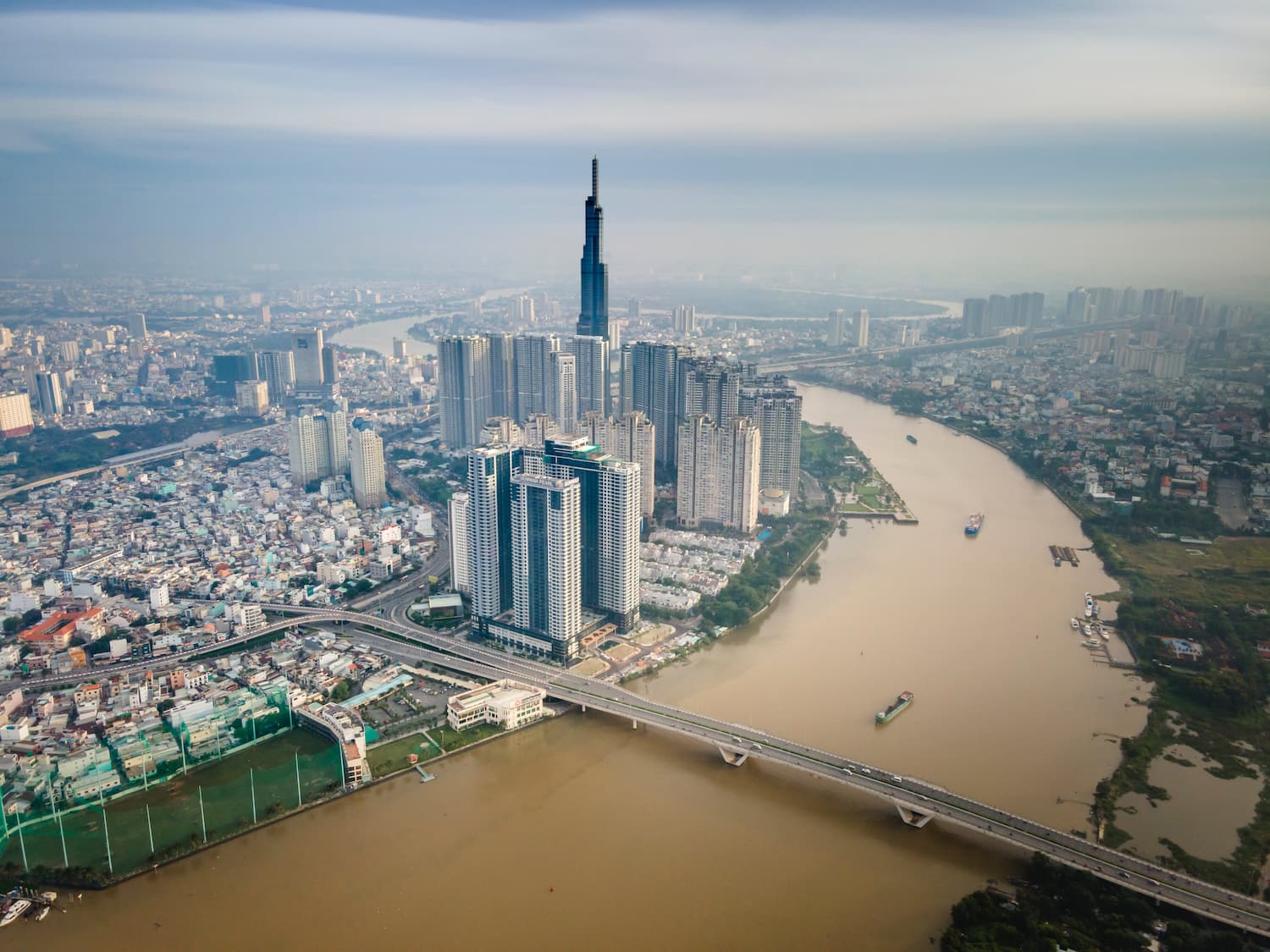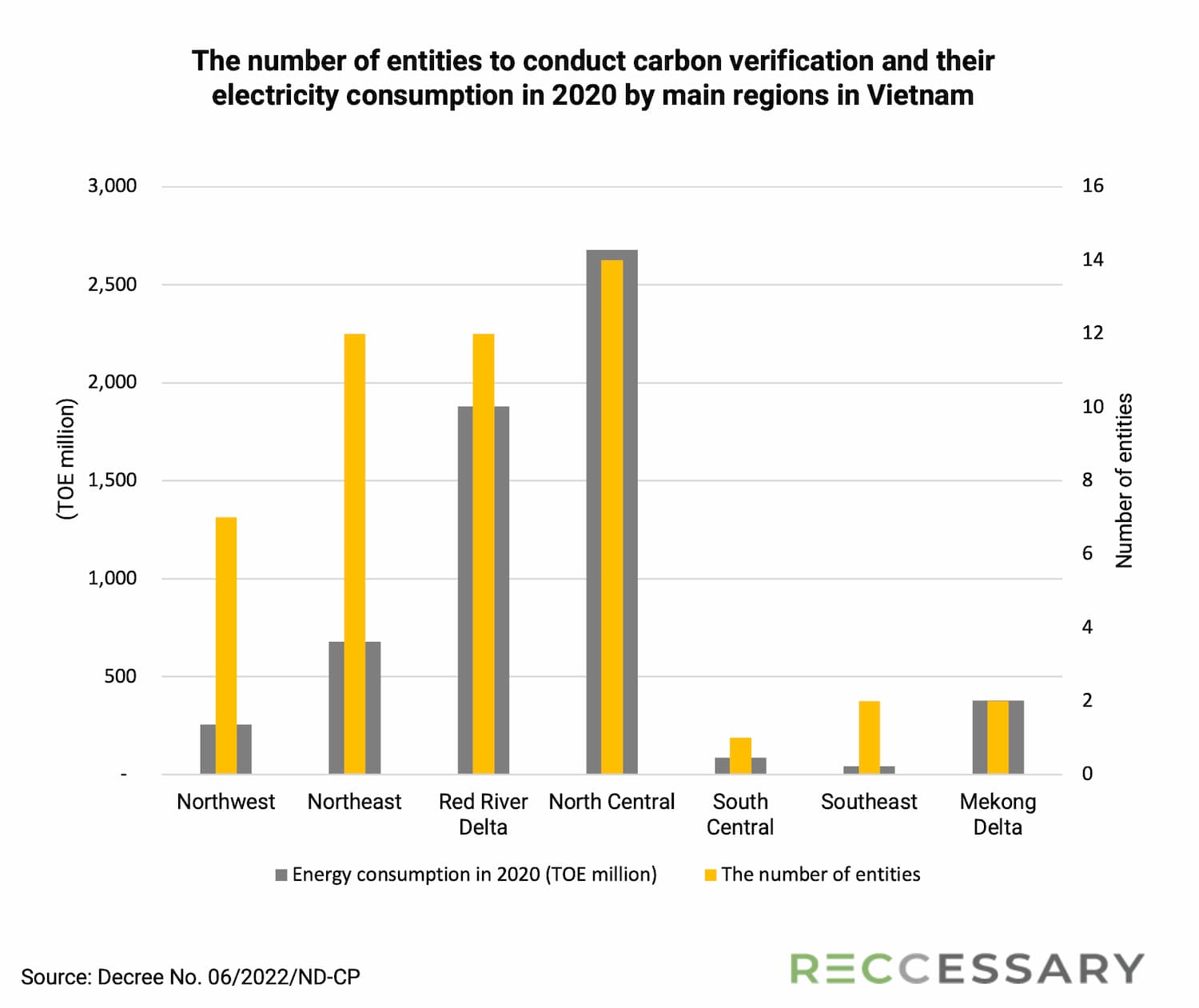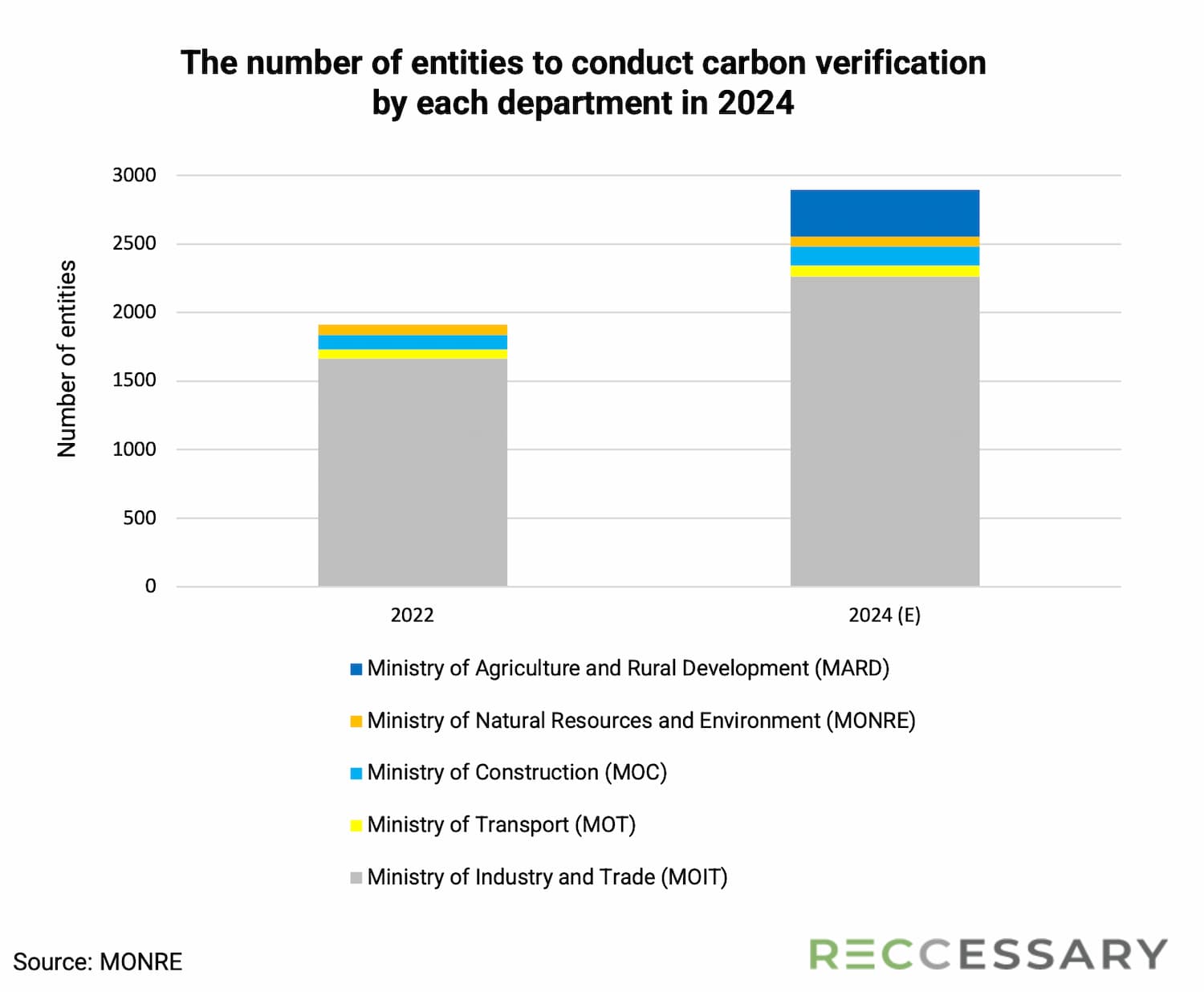
Ho Chi Minh City, largest city in Vietnam. (Photo: Pexels)
The Vietnamese government aims to achieve net-zero emissions by 2050 and requires the construction industry to reduce 74.3 million tons of CO2 equivalent, accounting for 13% of the country's total emissions. However, local progress in low-carbon building development has been relatively slow. Officials from the Ministry of Natural Resources and Environment (MONRE) stated no building in Vietnam has been designed, constructed, or managed to meet net-zero emissions criteria.
Building material manufacturing and building operations generate the most greenhouse gas (GHG) in the construction industry. According to the data from the Ministry of Construction (MOC), GHG emissions in the building material manufacturing industry amounted to 63 million tons of CO2 equivalent in 2015, which has increased to 87 million tons within the next five years. Experts estimate that by 2050 this figure will reach 148 million tons, approximately 2.3 times the amount recorded in 2015.
Vu Ngoc Anh, the Head of Science - Technology and Environment Department at MOC, mentioned that cement production contributes the most significant share of GHG emissions in the building material industry. Its proportion has steadily increased also, accounting for nearly 80% of total emissions in 2014 and approaching 90% in 2022.
To meet emission reduction goals, MOC will establish a "GHG Reduction Plan in areas managed by MOC" in compliance with Decree No. 06/2022/ND-CP. And the ministry will conduct carbon verification for 50 cement companies, to enable these companies to participate in carbon credit trading.

Regarding building operations, Luong Quang Huy, Head of Division of GHG Emission Reduction and Ozone Layer Protection, DCC - MONRE, stated, "the number of low-carbon buildings has been increasing significantly each year. However, in comparison to the total number of constructed buildings nationwide, this figure remains relatively low. Vietnam has only recently begun developing low-carbon buildings voluntarily and encouragingly without specific mandatory regulations."
Despite Vietnam's efforts to promote low-carbon buildings and green construction materials, there is still a lack of legal frameworks overall. Moreover, the capacity and technological level of green material manufacturing are limited, and the prices are not competitive. Therefore compared with other traditional materials, using environmentally friendly green materials in construction projects still faces many challenges.
Furthermore, MONRE has proposed a list of 2,893 entities that must conduct carbon verification next year, an increase of 981 entities compared to 2022. Among them, power plants and manufacturing plants managed by the Ministry of Industry and Commerce (MOIT) have the largest number of 599 cases. Additionally, there are 341 entities managed by the Ministry of Agriculture and Rural Development (MARD) with GHG annual emissions exceeding 3,000 tons, 36 materials manufacturers and buildings managed by the Ministry of Construction (MOC).


